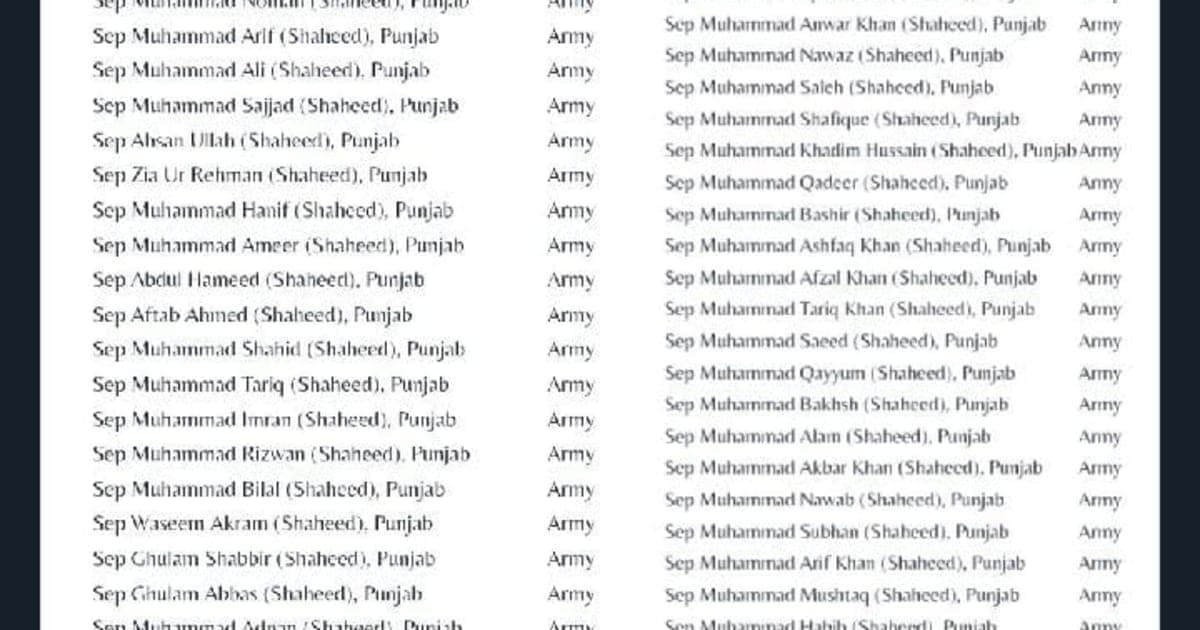On September 17, 2025, Pakistan and Saudi Arabia signed a landmark Strategic Mutual Defense Agreement in Riyadh. Prime Minister Shehbaz Sharif and Crown Prince Mohammed bin Salman pledged that any act of aggression against one country would be considered an attack against both. This was the first time the two allies committed themselves to a formal defense treaty. Their ties have always been close but this agreement takes the partnership to an entirely new level with wide regional and global implications.

Pakistan and Saudi Arabia’s bond stretches back to the earliest years after Pakistan’s independence but it grew much deeper during the 1960s and 1970s. During the 1967 Arab–Israeli war Pakistan stood firmly with the Arab states. Pakistani pilots flew missions in support of Arab forces and Riyadh valued this solidarity. In the years that followed Saudi Arabia began to see Pakistan not only as a brotherly Muslim nation but as a reliable defense partner. Pakistani trainers and advisers were dispatched to help build the Saudi armed forces and by the early 1970s thousands of Pakistani personnel were stationed in the Kingdom. They helped secure Saudi borders and trained the army and air force. At the same time Saudi Arabia provided Pakistan with oil on concessional terms and steady financial assistance. This long history of mutual help created a foundation of trust that paved the way for the 2025 agreement.
For Pakistan the agreement strengthens its international standing as the only Muslim-majority nuclear power. The defense minister has already stated that Pakistan’s full capabilities including its nuclear deterrent are available to Saudi Arabia if required. For Saudi Arabia the pact diversifies its security guarantees. Riyadh has long relied on the United States and Western allies for protection but by bringing Pakistan formally into its security network Saudi Arabia shows its intent to broaden its options. This is particularly significant at a time of regional uncertainty and shifting alliances. The agreement immediately drew attention across the region. Egypt was one of the first countries to reach out. Cairo congratulated Islamabad on this milestone and also signaled its willingness to meet Pakistani leaders to discuss ways of deepening defense cooperation. Egypt’s reaction highlights the symbolic weight of the pact in the wider Arab world. At the same time other Gulf states have shown clear interest. The United Arab Emirates Kuwait and Oman have all indicated that they want to join the agreement or at least be closely associated with its framework. This reflects a growing sense that collective security may serve the interests of Muslim states more effectively than reliance on external powers alone. The Pakistani defense ministry has openly welcomed this possibility and stated that the doors are open for all Muslim countries that wish to be part of the pact. This openness could eventually turn the agreement from a bilateral defense arrangement into a broader regional security framework.
India has voiced concern stressing that Saudi Arabia should remain mindful of South Asia’s sensitivities. Iran is also watching carefully since a Saudi pact that draws on Pakistan’s military and nuclear strength could shift regional balances once again. The United States and other Western allies have mixed feelings. On the one hand a stronger Saudi–Pakistani bond may stabilize parts of the Gulf. On the other hand Pakistan’s willingness to extend a nuclear umbrella raises questions about proliferation and complicates Washington’s traditional role as the Gulf’s security guarantor. The agreement offers opportunities for joint military exercises intelligence sharing and closer cooperation in defense industries. For Pakistan this may translate into greater Saudi investment and economic relief at a time of financial pressure. For Saudi Arabia the pact strengthens its deterrence posture and enhances confidence in its security architecture. The fact that other Muslim states are now looking to join suggests the potential for a new collective defense arrangement in the Islamic world. Still the challenges are significant. The wording of the agreement is broad and leaves many questions unanswered. Would Saudi Arabia come to Pakistan’s aid in the event of a clash with India. Would Pakistan intervene if Saudi oil facilities were hit in a cyberattack. The lack of clarity may create risks of miscalculation or differing expectations.
The Strategic Mutual Defense Agreement is more than a diplomatic signature. It represents the continuation of a partnership tested through wars and crises from Pakistani pilots flying over Arab skies in 1967 to Pakistani soldiers training Saudi forces in the 1970s. Today the pact has drawn the attention of Egypt and attracted interest from the UAE Kuwait and Oman while Pakistan has kept the door open for all other Muslim states. This makes the agreement both a reassurance and a gamble. It reassures Riyadh and Islamabad that they will not face threats alone and it offers Muslim countries the chance to build a wider collective defense system. At the same time it is a gamble because its full impact will only become clear as regional tensions evolve. Whether it brings greater stability or fuels new rivalries will depend on how carefully and responsibly the partners manage their commitments.




